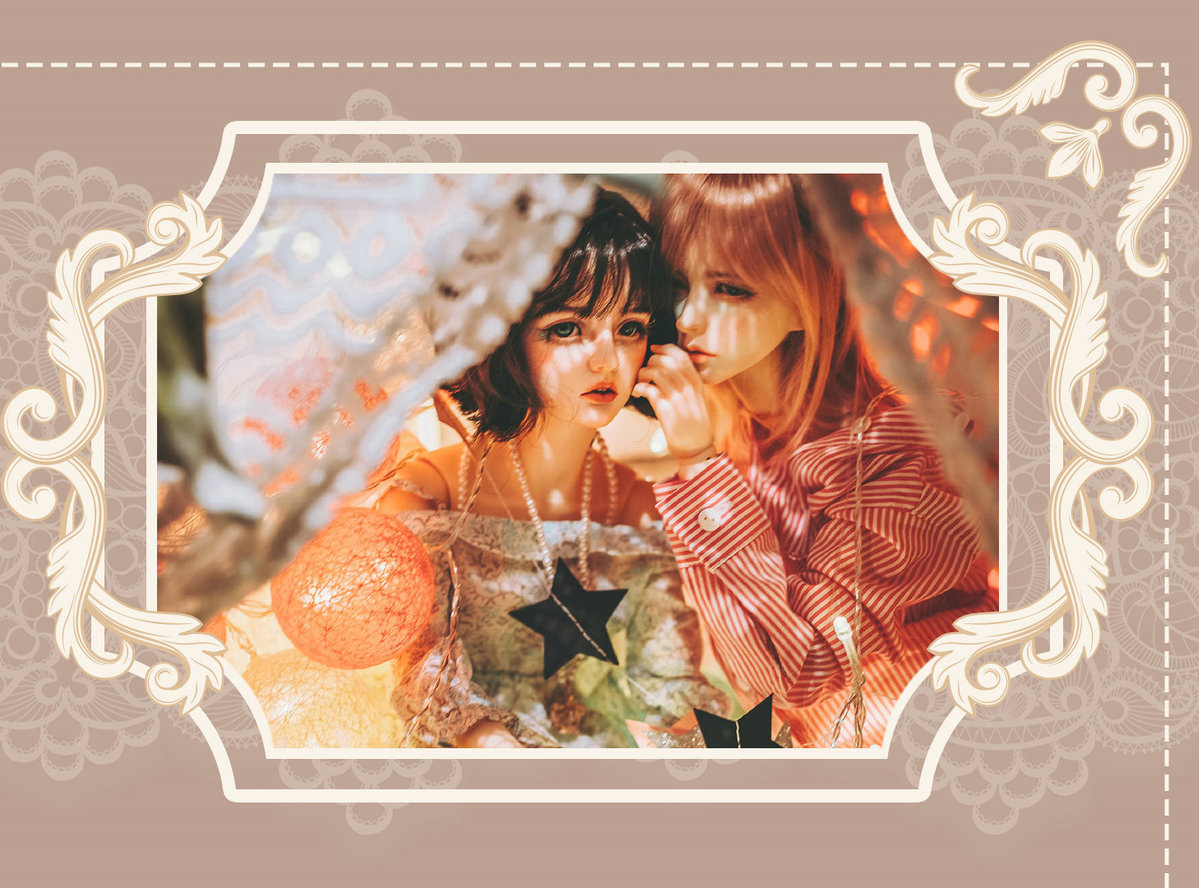

Aesthetic exploration
Lenz (pseudonym), 26, bought her first doll in 2009. She recalled that during high school, she would turn to her dolls and take pictures of them every now and then to relieve academic stress. Additionally, she would create life stories for them, assigning characters and personalities.
"I was able to relax in the process," she said. "My dolls have always been there for me, accompanying me from elementary school to middle school, through college, and now into my professional life."
According to Lenz, there are two different kinds of doll lovers: those who see their dolls simply as toys and those who view playing with dolls as a form of interaction akin to engaging with real people.
"The latter group often faces misconceptions and stereotypes, with people perceiving doll enthusiasts as mysterious," she said. "But in reality, for many enthusiasts, their connection with dolls is no different from engaging in any other hobby."
For Lenz, her interaction with dolls is a search for her own "aesthetic expression".Like many enthusiasts, she would alter the makeup and attire of her dolls to give them distinct looks. "Doll lovers are searching for an aesthetic identity in the dolls community," Lenz said.
Likewise, Li enjoys using dolls as models for his photography since it helps to translate his visions into tangible representations.
"At times, when I can't get a suitable human model for a photo, dolls become a convenient alternative," he said. "Moreover, some intricate actions, like simulating flight, can be achieved by the dolls at a lower cost and more easily."
For doll designers like Cao, his dolls, too, transcend their conventional status as mere toys, becoming carriers of his artistic expression.
Blythe dolls are the type that Cao remodels most frequently. The doll's head is composed of several main parts, and the front part can be disassembled, allowing for minor adjustments.
"Every slight change will drastically alter the doll's appearance," Cao said. "Blythe dolls may seem plastic when they're fresh out of the factory, but with careful modification, they can attain heightened artistic and aesthetic value."
According to him, the skills of craftsmen in the doll industry are constantly evolving. In the early days, many designers only focused on polishing and carving the doll's mouth or nose, but now they are more interested in creating vivid expressions and textures.
In his own creative process, Cao would cover the doll's face with clay, changing its shape to give it a more textured appearance. His attention to detail extends to the facial mechanics, where he crafts elaborate features, including delicately sketched capillaries on the doll's eyelids.
These nuanced depictions of emotions in doll expressions are other focal points for Cao.
"I would study candid photos of children that I found online, trying to capture the genuine expressions of real people's faces in a moment, and then apply them to the dolls," he explained.
This commitment to authenticity has allowed Cao to establish his well-known brand series in the doll industry, titled "Baopiqi", or grumpy dolls. This collection features dolls portraying angry expressions with subtle variations.
"I may create 10 angry faces, but each one will be different — whether it conveys anger, blends anger with a hint of grievance, or exudes an aggressive vibe," Cao said.